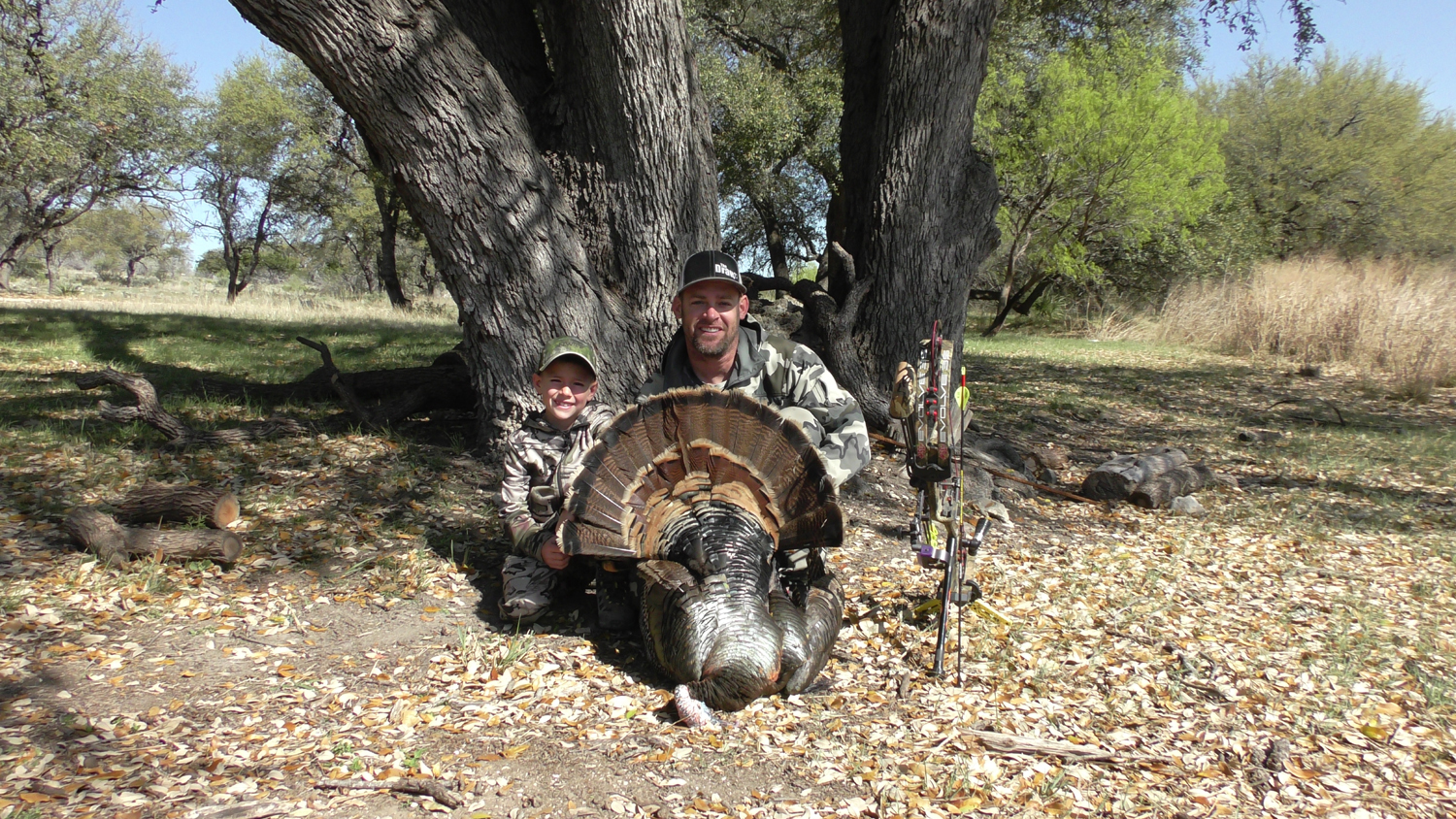Spring turkey hunting can be an exhilarating experience, but as the season progresses, the birds get smarter and more wary. By late-season, gobblers have been hunted, called to, and pressured by hunters for weeks, making them more cautious. Successfully bagging a wary tom in the late season requires a combination of strategy, patience, and an understanding of turkey behavior. Here’s how to hunt late-season gobblers effectively.
1. Understand the Late-Season Behavior of Gobblers
As the season progresses, gobblers become increasingly wary. They’ve had plenty of encounters with hunters and are more likely to avoid obvious calls or decoy setups. Their natural behavior shifts as hens begin to nest, making gobblers less vocal and more focused on avoiding danger.
During the late season, gobblers are often more cautious when responding to calls. They may be less likely to gobble back to calls or be seen out in the open. This is why understanding their behavior is crucial for success. Gobblers tend to roost in the same areas during late-season, but they’ll also be more likely to travel during the early mornings or late evenings when it’s quieter.
2. Adapt Your Calling Strategy
In the late season, it’s crucial to adjust your calling technique to suit the birds’ more cautious nature. Gobblers are less likely to respond to loud, aggressive calls. Instead, opt for softer, more subtle sounds to coax them into range.
- Mouth Calls & Box Calls: While slate and glass calls are great early in the season, try using a mouth call or box call in the late season for more realistic, softer yelps. These calls can be adjusted in volume to avoid startling the bird.
- Soft Yelps and Clucks: Gobblers in late season are looking for a hen that is not too eager but still available. Soft, subtle yelps or clucks can create the impression of a hen feeding or casually talking, which can grab a gobbler’s attention without scaring him away.
- Avoid Overcalling: One of the biggest mistakes hunters make late in the season is calling too often. Gobblers are used to hearing a lot of calling, and overcalling can make them suspicious. Use calls sparingly, and only when you think it will trigger a response.
3. Use Decoys Sparingly
Late-season gobblers are becoming more cautious, and they often associate decoys with danger. However, using decoys can still be effective if you employ the right strategies.
- Fewer Decoys: Rather than using a full spread of decoys, opt for one or two. A single hen decoy, positioned at an angle, is often the most effective late in the season. A feeding hen decoy is particularly helpful, as gobblers are often looking for a hen that’s already feeding or relaxed.
- Positioning: Place your decoy near natural cover, such as a tree or bush, which will provide the gobbler with a sense of security as he approaches. Avoid positioning decoys in open fields or exposed areas that might make the gobbler feel vulnerable.
- Movement: Consider adding some subtle motion to your decoy setup by attaching a small string to the decoy or lightly waving it. This movement can make the decoy appear more lifelike and realistic, increasing your chances of drawing in a wary gobbler.
4. Be Patient and Stealthy
Late-season gobblers are often more cautious and will take their time before approaching. Be prepared to wait it out and remain patient. It’s important to remember that gobblers, unlike hens, won’t often come rushing in. They tend to be more hesitant and will approach carefully, staying on high alert.
- Stay Hidden: Make sure your blinds or hunting spots are well-camouflaged. At this point in the season, gobblers are more likely to spot movement, so take extra care to avoid shifting or making unnecessary noise.
- Use Natural Cover: When hunting without a blind, take advantage of natural cover like fallen logs, bushes, and trees. Staying concealed is essential, and a natural setup can be just as effective as a full-blown blind.
- Slow Movements: If you’re calling and trying to draw a gobbler in, avoid sudden movements. Even if the bird isn’t close, any sudden or jerky motions can alert the turkey to danger. Stay still and use slow, deliberate movements when necessary.
5. Adjust Your Hunt to the Time of Day
Late-season turkeys tend to roost later and fly down later than earlier in the season, which changes the dynamics of morning hunting. Here are a few things to consider when timing your hunt:
- Morning Hunts: Gobblers are still likely to be roosting at dawn, but their response to calls may be slower. Instead of rushing to set up right at first light, give the birds some time to settle into their morning routine.
- Mid-Morning and Afternoon Hunts: Many late-season hunters have success by hunting mid-morning or in the afternoon. By this time, gobblers have likely moved away from the roost and are looking for food. This can provide the opportunity to catch them off-guard with some strategic calling.
- Evening Hunts: While gobblers may still be cautious in the late season, evenings can offer a different opportunity. Gobblers may be looking for a last meal before heading to their roost, and they may be less guarded. Positioning yourself in the right spot near food sources or roosting areas can set you up for a successful evening hunt.
6. Stay in the Game, Even When the Action Slows Down
It’s easy to get discouraged when gobblers don’t respond right away or when they become harder to find, but patience is key in late-season hunting. Gobblers may take longer to respond or may seem distant, but persistence will eventually pay off.
Remember, late-season hunting is about being stealthy, adjusting your approach, and not overcalling. Gobblers are wary, but that doesn’t mean they can’t be bagged. A well-timed setup, strategic calls, and remaining calm and patient are your best tools for success.
Conclusion
Hunting late-season gobblers presents unique challenges, but with the right approach, you can still have a successful hunt. By understanding their cautious behavior, adapting your calling techniques, using decoys strategically, and being patient and stealthy, you can increase your chances of bagging a wary tom. Whether you’re a seasoned hunter or a newcomer to the sport, don’t let the challenge of the late season deter you—embrace it as an opportunity to hone your skills and experience the thrill of the hunt.


